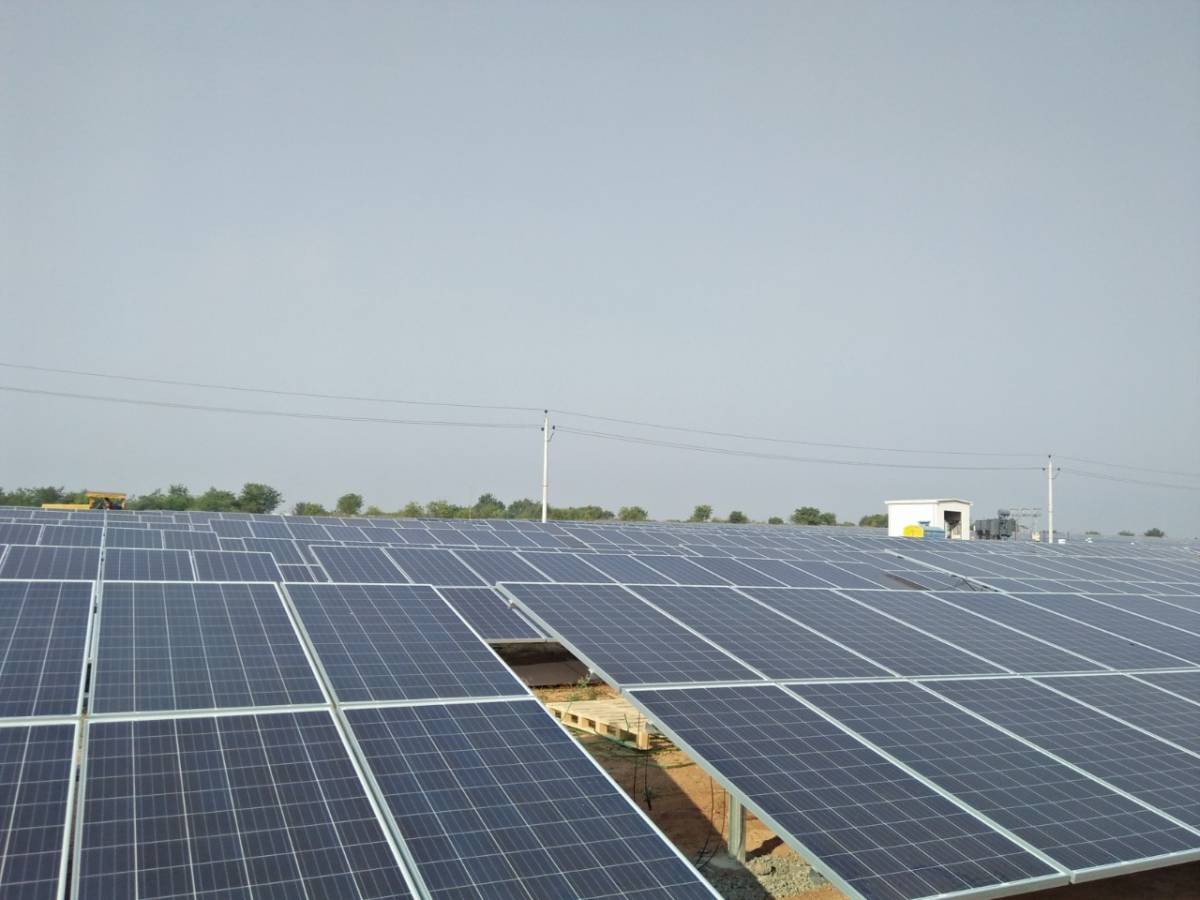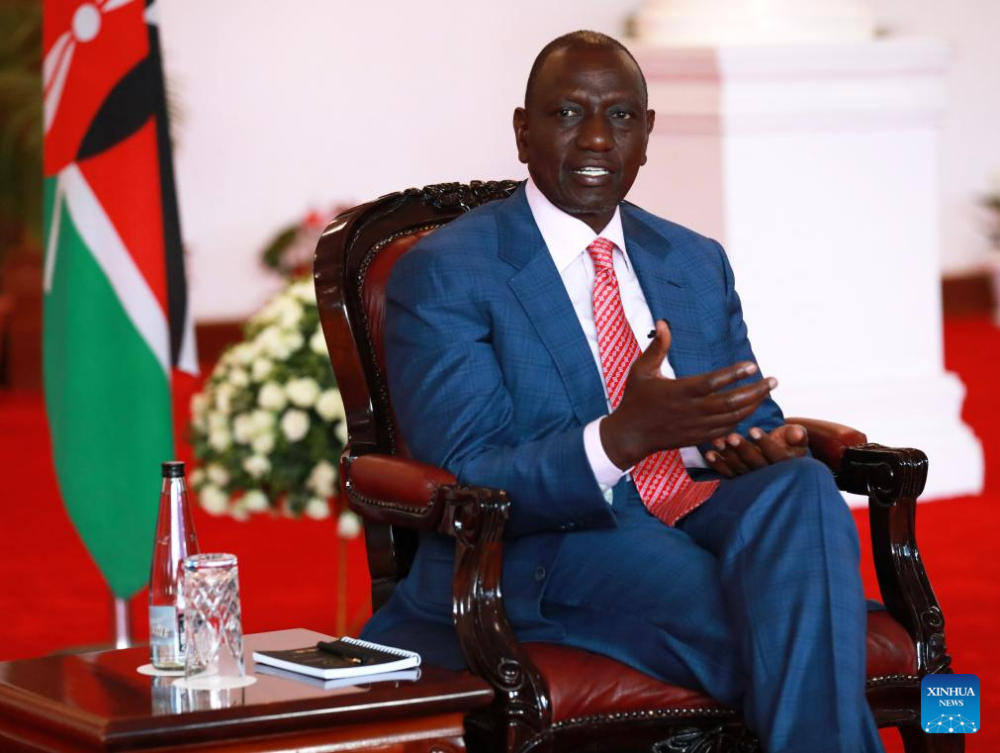A mix of electrification, energy efficiency and a switch to renewable energy will be needed to enable this goal…reports Asian Lite News.
The direct supply of solar energy to Indian Railway lines — without the need to connect via the grid — would save almost seven million tons of carbon a year whilst also powering at least one in four train on the national network on competitive terms, a new study by Delhi-based Climate Trends and UK-based green tech start-up Riding Sunbeams said on Wednesday.
According to the Indian Railways 2019/2020 annual report, there was passenger traffic of over 8bn in that period, which would mean that 2bn passengers could be travelling on trains directly powered by solar energy.
Prime Minister Modi recently announced that the electrification of railways in India is progressing fast, and that the target is for the Railways to be a net-zero carbon emitter by 2030.
A mix of electrification, energy efficiency and a switch to renewable energy will be needed to enable this goal.
Rail Minister Piyush Goyal has issued a directive to Indian Railways to earmark huge areas of unproductive land for solar development as part of the company’s Net Zero commitment. Plans are already underway to deliver 20GW of solar generation to match growing demand for energy to move trains.
The new analysis highlights that around a quarter of this new solar capacity — up to 5,272 MW — could be fed directly into the Railway’s overhead lines instead of being procured over the electricity networks, reducing energy losses and saving money for the rail operator.
The researchers found that substituting energy supplied from the coal-dominated grid for private-wire supply from solar could also rapidly cut emissions by as much as 6.8 million tons CO2 each year — just over the entire annual emissions of Kanpur.
Report co-author, Riding Sunbeams founder and director of innovation Leo Murray said, “Right now India is leading the world on two vital climate frontiers — rail electrification and solar power deployment. Our analysis shows that connecting these two keystone low-carbon technologies together in Indian Railways can drive both India’s economic recovery from the Covid-19 pandemic and its efforts to transition off fossil fuels to tackle the climate crisis.”

Report co-author and Director at Climate Trends Aarti Khosla said, “Indian Railways plays an important role in the lives of every Indian. Not only is it the most practical mode of transportation, it is also the most famous and the largest employer in the country.
“The government pumps large sums of money to modernise the railways, which, in turn, will play a large role in a net zero vision of the nation. There has been analysis that converting all diesel locomotives to electric will indeed increase the emissions in the short term, however, this report shows the tremendous opportunity of doing it right the first time, by creating a direct connection of the locomotive system to solar PV installations, meeting more than a quarter of the total demand.”
The researchers also warned, however, that achieving the target of full electrification of all routes by 2023 could be accompanied by an increase in CO2 emissions in the short term because of India’s current reliance on coal to produce electricity.
The team analysed the traction energy demand on each of India’s railway zones and matched this with the potential solar resource in each region to produce a figure for the total amount of solar energy that could be connected directly to the railway to run trains.

The top five zones with the greatest solar-to-rail potential are: South Central Railway (394-625 MW) that serves Tamil Nadu, Kerala, Karnataka and Pondicherry.
The Central Railway (299-475 MW) that caters to Maharashtra; the Northern Railway (290-459 MW) that serves Punjab, Haryana, Uttar Pradesh and Delhi; Western Railway (280-443 MW) that serves Maharashtra, Gujarat, Rajasthan and Madhya Pradesh; and West Central Railway (278-440 MW) that caters to Madhya Pradesh, Rajasthan, and some parts in Uttar Pradesh.
The calculations assume that all of the energy generated by the solar is used by the Railways, and do not include the potential for battery storage integration. Factoring in lower utilization rates and storage could boost solar-to-rail potential to over 40 per cent of Indian Railways’ traction energy demand.
The study explores how strategic investment in dedicated freight corridors and new high speed routes can support Indian Railways to boost passengers and freight traffic, and the key role this can play in achieving India’s national climate change commitments.
The report also highlights the problem of Indian Railways’ dependence on coal, both as an energy source and as its key freight commodity, accounting for almost a third of its revenue in 2018-19.
ALSO READ-India, Kazakhstan military training exercise on August 30
READ MORE-Defence panel visits Indian Navy’s training facility at INS Chilka








